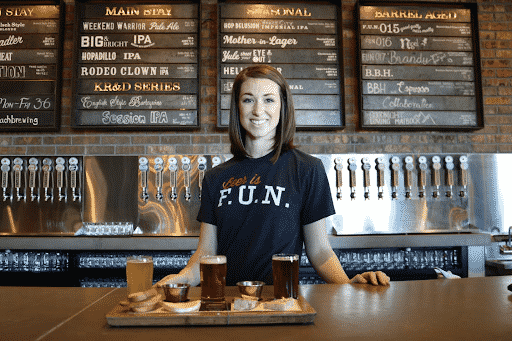It might be unexpected for, say, a bank teller to hit on his clients, but somehow it’s not out of the ordinary for a bartender…
In the midst of the #MeToo movement, restaurants have come under scrutiny for being hotbeds of harassment. Laws like the Equal Employment Opportunity Act make a hostile work environment illegal, but the industry is still clearly figuring out how to live up to the spirit of the law: Guests harass servers who have to put up with pointed comments and requests for dates; managers or owners hire staff based on their appearance, as though their businesses are a setup for a Bachelor spinoff; and of course, prominent chefs and restaurant owners have been credibly accused of sexual misconduct and harassment by their employees. The first wave of #MeToo stories in the restaurant industry has focused on these overt forms of harassment where employees, held hostage by their need for a paycheck, have been bearing it from guests and coworkers for far too long; the type of harassment that festers alongside unequal power structures of tipped and non-tipped workers or the long-stewing “boy’s club” mentality in professional kitchens.

Yet the conversation has largely side-stepped what happens to guests at restaurants, a grayer area that’s informed (or not) by a lack of legal accountability, the strange dynamic between server and customer, and the fact that the definition of “good hospitality” varies from person to person. We assume not only that the customer is always right but that they always have the power — to walk away, to find a new place to eat, to complain to a manager — so little attention has been paid to how often misconduct happens to guests, too.



